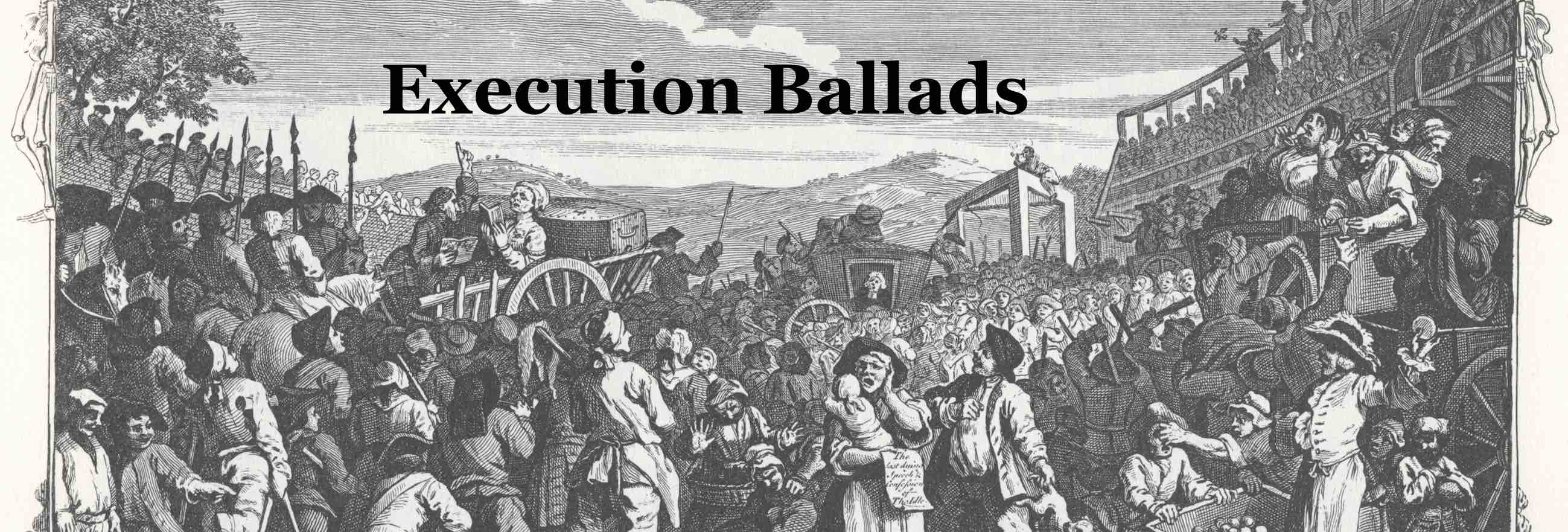Terza Rima
Title
Terza Rima
Description
The literal translation of terza rima from Italian is 'third rhyme'. Terza rima is a three-line stanza using chain rhyme in the pattern a-b-a, b-c-b, c-d-c, d-e-d. There is no limit to the number of lines, but poems or sections of poems written in terza rima end with either a single line or couplet repeating the rhyme of the middle line of the final tercet. The two possible endings for the example above are d-e-d, e or d-e-d, e-e.
There is no set rhythm for terza rima, but in English, iambic pentameter is generally preferred. The terza rima form was invented by Dante Alighieri for the Commedia (The Divine Comedy, ca. 1304–1321), using the hendecasyllabic (eleven-syllable) line common to Italian poetry. © Academy of American Poets
There is no set rhythm for terza rima, but in English, iambic pentameter is generally preferred. The terza rima form was invented by Dante Alighieri for the Commedia (The Divine Comedy, ca. 1304–1321), using the hendecasyllabic (eleven-syllable) line common to Italian poetry. © Academy of American Poets
Creator
Dante Alighieri (Italian)
Date
Late 13th Century
Collection
Citation
Dante Alighieri (Italian), “Terza Rima,” Execution Ballads, accessed December 15, 2025, https://omeka.cloud.unimelb.edu.au/execution-ballads/items/show/1162.
